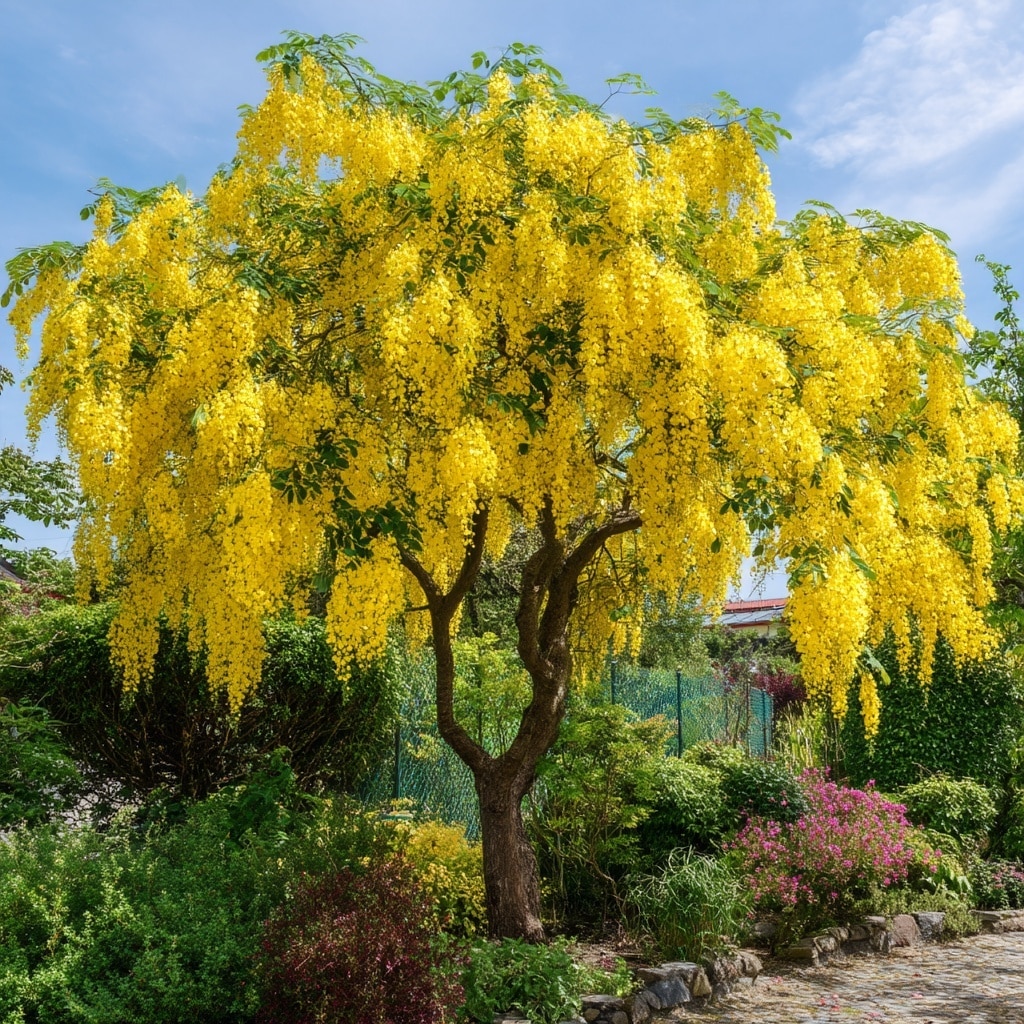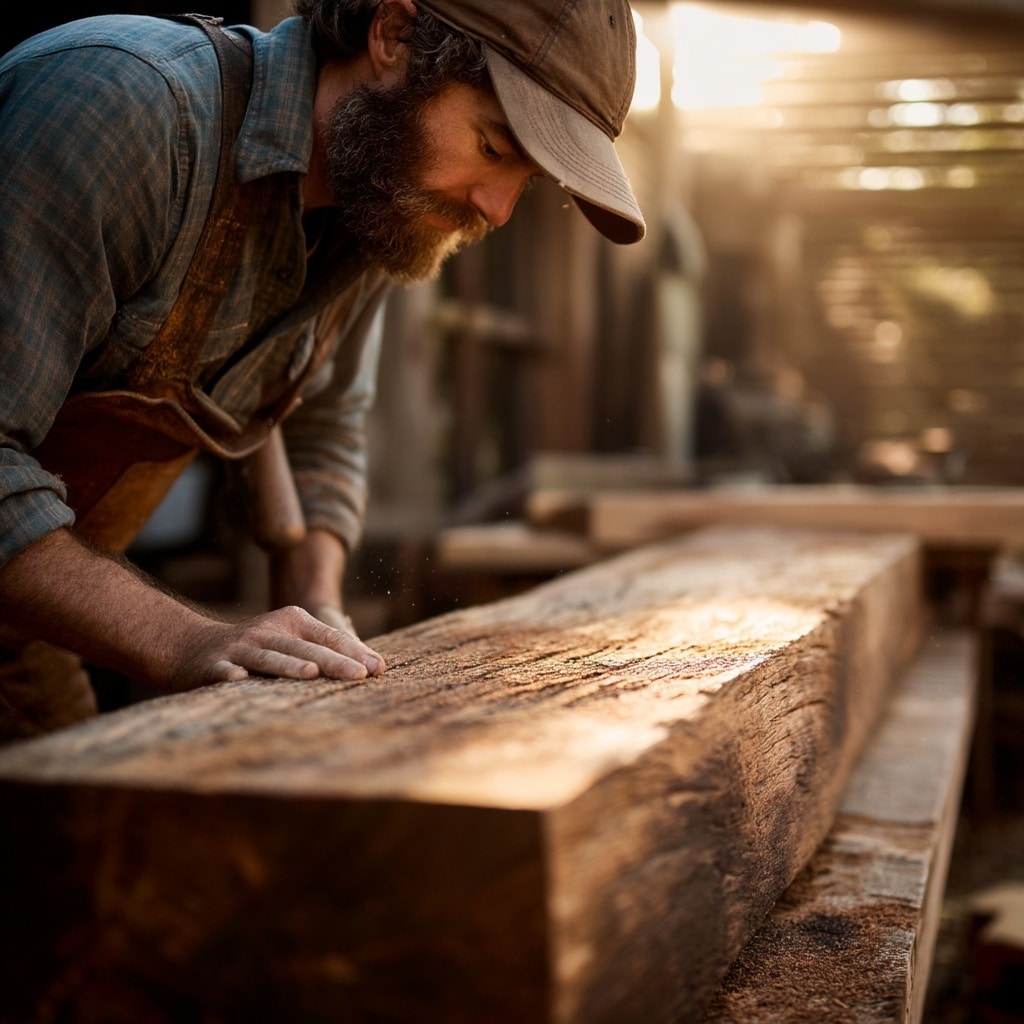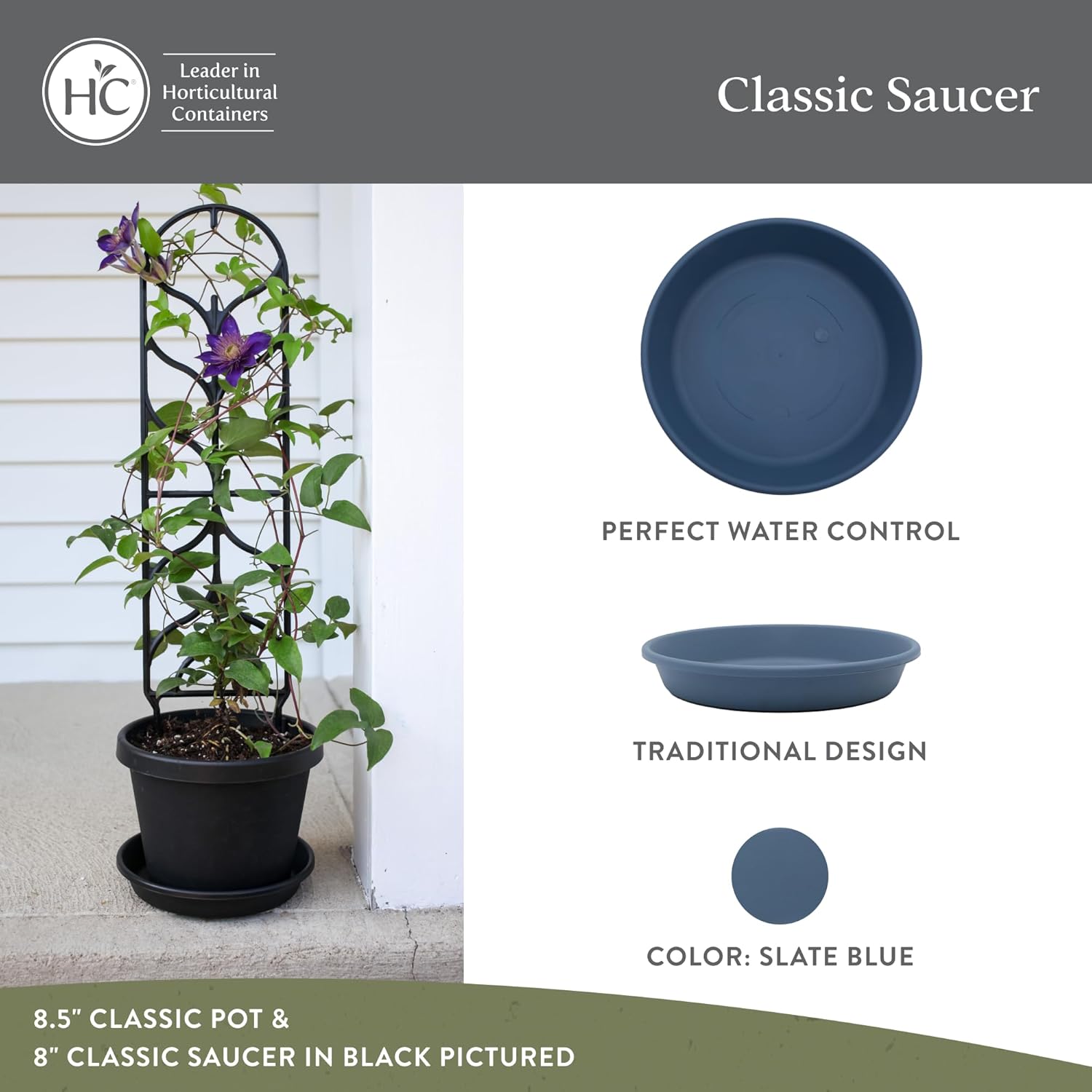Tree is a word that brings to mind strength, life, and endurance—but some trees take toughness to the next level. Across the globe, certain trees have earned the nickname ironwood due to their incredibly dense, hard timber that’s nearly impossible to break. These ironwood trees are known for resisting decay, lasting for generations, and serving multiple roles from sheltering wildlife to supporting architecture.
Interestingly, “ironwood” doesn’t refer to just one species. It’s a name shared by dozens of tree types found in different climates—each revered locally for its hardness and resilience. Let’s explore six remarkable tree species that wear this title with pride.
Table of Contents
Table of Contents
Why Ironwood Trees Are So Valued
A Tree Built to Last
An ironwood tree isn’t just strong—it’s exceptionally durable. These trees are typically slow-growing, producing timber that’s among the hardest and heaviest in the world. Because of this, ironwood is highly sought after in regions where long-lasting wood is needed for construction, furniture making, and more.
Versatility in Everyday Life
The dense grain of an ironwood tree makes it resistant to pests, rot, and warping. This makes the wood ideal for:
- Building homes, bridges, and docks
- Crafting high-end furniture and cabinetry
- Carving tools, mallets, and handles
- Making outdoor items like fence posts and decking
Some species are even turned into charcoal or used as high-efficiency firewood due to their slow burn and high heat output.
Supporting Ecosystems Too
Beyond human uses, ironwood trees provide shade, shelter, and food for many animal species. Their tough nature helps them thrive in harsh environments like deserts and tropical forests, making them essential for biodiversity.
6 Remarkable Trees Known as Ironwood
1. Desert Ironwood (Olneya tesota)

Native to the Sonoran Desert, this tree is a survival expert. Desert ironwood grows slowly, producing dark, dense wood that resists decay. It reaches up to 15 meters tall and provides essential shade and food for desert wildlife. Its seeds are rich in nutrients, and local communities have used its wood for centuries in crafting and fuel.
2. Ulin Tree (Eusideroxylon zwageri)
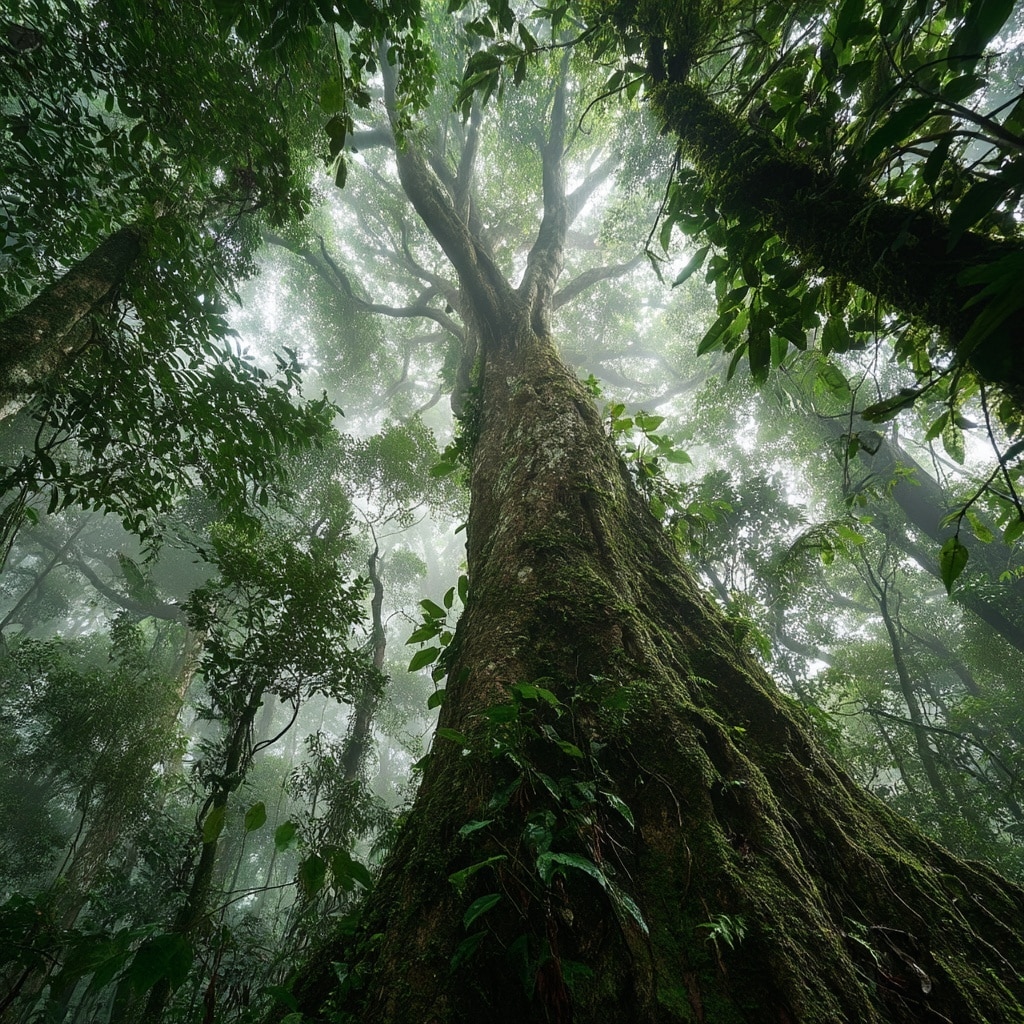
Known in Southeast Asia as Ulin, this towering tree grows in the tropical forests of Indonesia and Malaysia. Its wood is so dense it sinks in water. Ulin is a prized material for bridges, homes, and temples. It can grow over 50 meters tall and is also used in traditional medicine for treating wounds and fevers.
3. Golden Shower Tree (Cassia fistula)
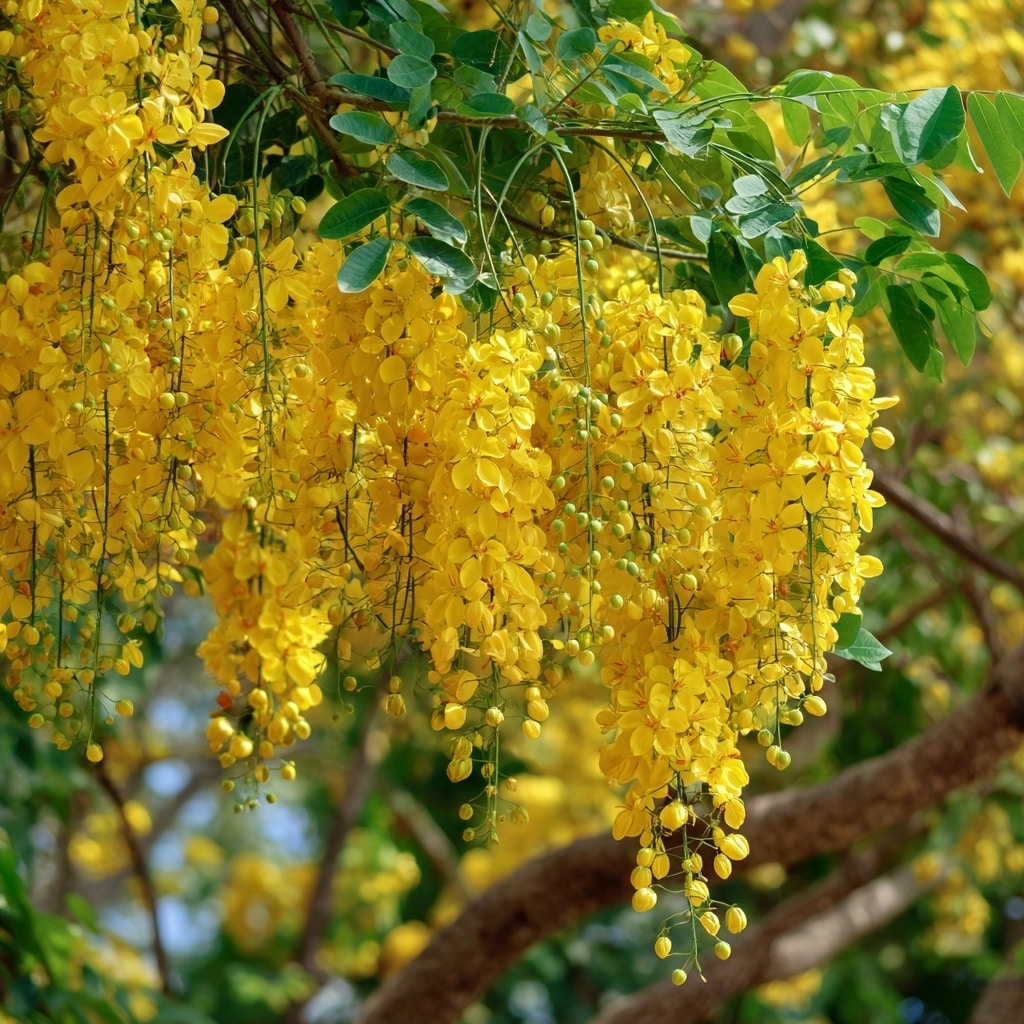
This ornamental tree is famous for its striking yellow blooms and cultural significance in India and Sri Lanka. While not always considered a traditional ironwood, its timber is tough and long-lasting. The golden shower tree also has medicinal uses, especially its seed pods, which aid digestion and reduce inflammation.
4. Acacia Ironwood Trees (Various Acacia species)

Several tree species within the Acacia genus are known for their ironwood-like qualities. Found in Africa, Australia, and Asia, Acacia species such as A. melanoxylon and A. aneura are used for timber, tools, and firewood. Their wood is extremely hard, while the trees themselves often thrive in arid, challenging environments.
5. Japanese Hornbeam (Carpinus cordata)
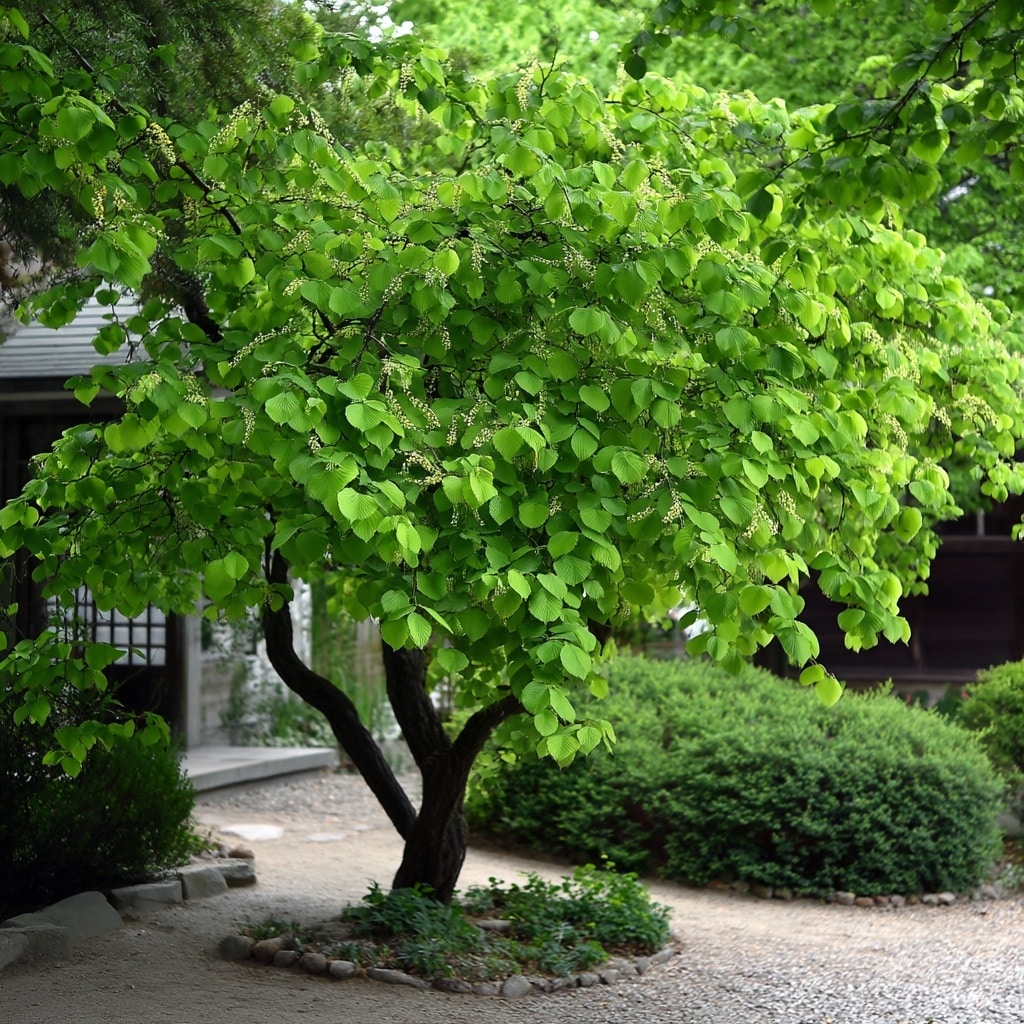
This medium-sized tree grows in Japan and Korea. It’s valued for its fine-grained, durable wood, which is ideal for carving and firewood. With a straight trunk and heart-shaped leaves, the Japanese hornbeam is also popular in landscaping. Though less famous than others, it’s a true ironwood in strength and function.
6. Regional Ironwoods Around the World

The term ironwood varies by region. For example:
- Honey Mesquite in Texas
- Hophornbeam in Canada and northern Europe
- Queensland Red Ironwood in Australia
- Pau Ferro and Quebracho in Brazil
- Horsetail Casuarina in Florida
Each tree is the hardest wood in its local ecosystem—earning the ironwood title through reputation and resilience.
Ironwood Isn’t Just One Tree – It’s a Global Symbol of Strength
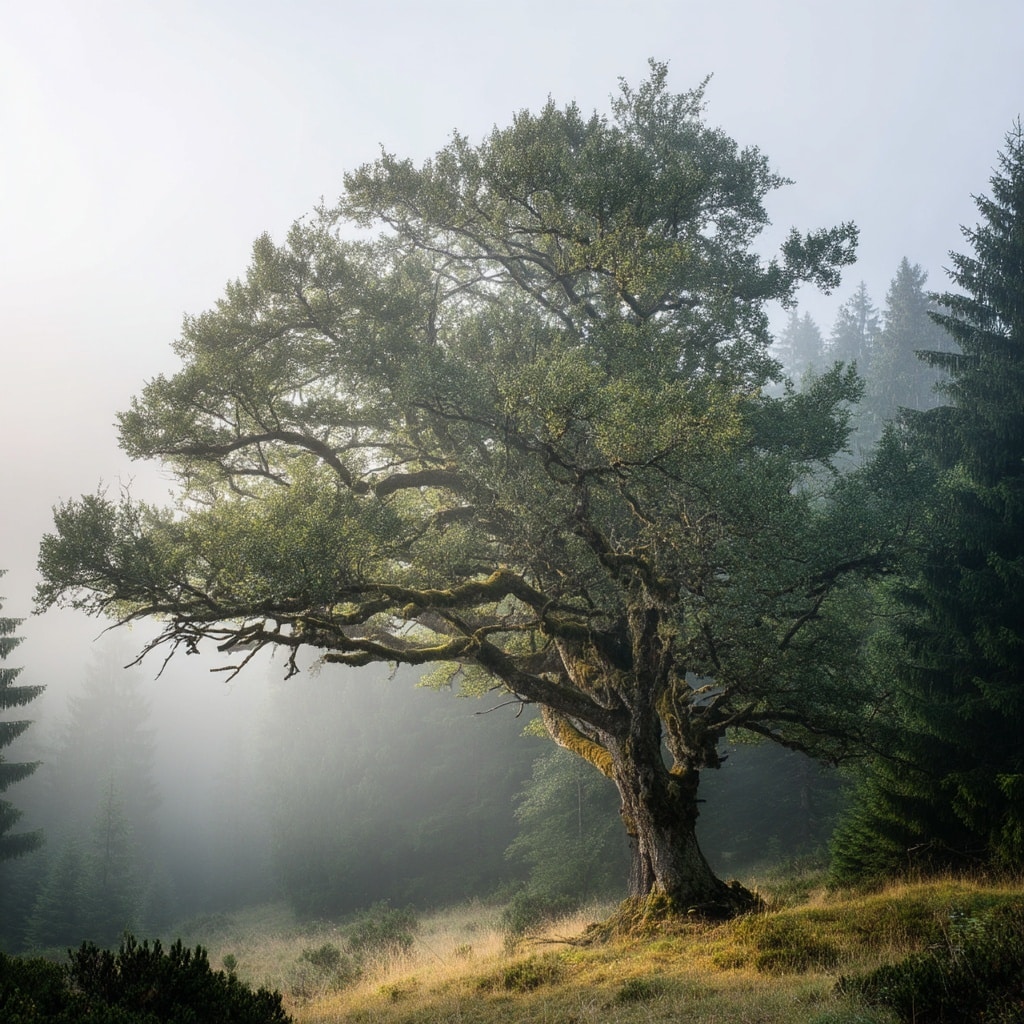
A Regional Name for the Strongest Tree Around
The name ironwood doesn’t belong to just one species. In fact, over 80 different types of tree across the world are referred to by this name. Each region assigns the label to its hardest, most durable native tree—one that can stand up to time, weather, and human use.
For example:
- In Texas, ironwood often refers to the honey mesquite
- In northern Europe and Canada, it’s the hophornbeam
- In Australia, the Queensland red ironwood holds the title
- In Brazil, pau ferro and quebracho are widely known as ironwood
- In Sri Lanka, the gangsaw tree is considered ironwood
- In Florida, horsetail casuarina carries the name
Why the Term Matters
Calling a tree “ironwood” reflects cultural respect for nature’s toughest species. These trees are more than just timber—they represent endurance in harsh climates and support for ecosystems.
Whether it’s a desert survivor or a rainforest giant, each ironwood tree stands out as a symbol of resilience, utility, and natural engineering.Ironwood Isn’t Just One Tree – It’s a Global Symbol of Strength
A Regional Name for the Strongest Tree Around
The name ironwood doesn’t belong to just one species. In fact, over 80 different types of tree across the world are referred to by this name. Each region assigns the label to its hardest, most durable native tree—one that can stand up to time, weather, and human use.
For example:
- In Texas, ironwood often refers to the honey mesquite
- In northern Europe and Canada, it’s the hophornbeam
- In Australia, the Queensland red ironwood holds the title
- In Brazil, pau ferro and quebracho are widely known as ironwood
- In Sri Lanka, the gangsaw tree is considered ironwood
- In Florida, horsetail casuarina carries the name
Why the Term Matters
Calling a tree “ironwood” reflects cultural respect for nature’s toughest species. These trees are more than just timber—they represent endurance in harsh climates and support for ecosystems.
Whether it’s a desert survivor or a rainforest giant, each ironwood tree stands out as a symbol of resilience, utility, and natural engineering.
Conclusion
Each ironwood tree tells a story of resilience, strength, and purpose. Whether standing tall in deserts, tropical forests, or temperate woodlands, these trees provide more than just hard wood—they offer lasting value to ecosystems and communities alike. Understanding the many types of ironwood helps us appreciate the diversity and utility of the natural world, one remarkable tree at a time.

